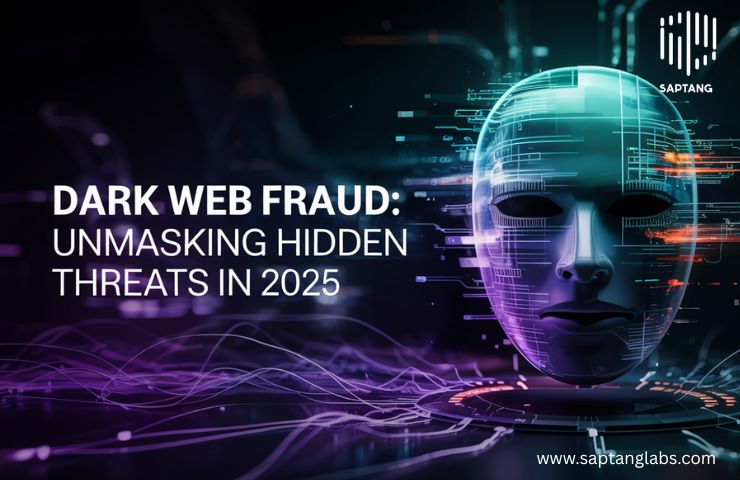Imagine if someone stole your house keys without you even knowing—and used them to sneak around in your personal life. That’s what dark web fraud feels like in today’s digital world.
In 2025, online threats aren’t just coming through email scams or social media traps. They’re hiding deep in the dark corners of the internet—places most people never see. This is where dark web fraud is growing, and it’s more real than ever.
What is the Dark Web?
Let’s keep it simple. The dark web is a hidden part of the internet. You can’t find it using Google. It’s only accessible through special software, and people use it to stay anonymous.
Now, not everything on the dark web is illegal. But here’s the problem: it’s where stolen data is bought and sold. Passwords, bank details, credit cards, even health records—these are all up for grabs. That’s where dark web fraud begins.
How Dark Web Fraud Happens
Here’s how it typically works:
-
A Breach Happens: A company’s database gets hacked. Maybe it’s your bank, an online store, or a health clinic.
-
Your Info is Stolen: Names, emails, passwords, card details—whatever was stored is now in someone else’s hands.
-
Data is Sold on the Dark Web: Hackers post this data for sale. Others buy it and use it to commit fraud.
It could be as simple as using your credit card to shop online. Or as serious as taking out a loan in your name.
Real-World Example
In early 2025, a well-known travel agency’s user database was breached. Names, phone numbers, and booking info were leaked. Criminals used this data to launch fake travel refund scams, tricking users into giving away their banking details.
It didn’t make major headlines, but for the people affected, it was devastating.
Why It’s Hard to Detect
Unlike a stolen phone or wallet, you don’t always know when your data is stolen. Most victims of dark web fraud don’t realize something’s wrong until it’s too late—like seeing unfamiliar charges or getting debt collection calls for loans they never took.
That’s because these crimes are quiet and calculated. The criminals wait, plan, and strike when it’s least expected.
How You Can Stay Safe
You don’t need to be a tech expert to protect yourself. Here’s what helps:
-
Use Strong, Unique Passwords: Don’t reuse passwords across sites. A password manager can help.
-
Turn on Two-Factor Authentication: This adds an extra layer of protection.
-
Check Your Accounts Regularly: Look for anything unusual—small charges, changed passwords, strange emails.
-
Monitor Your Identity: Use a dark web monitoring tool. Some banks and cybersecurity tools offer this for free.
For Businesses: Take It Seriously
If you run a company, especially one that stores customer data, this is not just an IT problem—it’s a trust issue.
- Secure your systems.
- Train your team.
- Invest in dark web monitoring tools that alert you when company or employee data is leaked.
Cyber threats aren’t just technical problems anymore. They’re personal, and they affect real people.
Final Thoughts
Dark web fraud is growing in 2025 because stolen data has become a kind of digital currency. The more connected we are, the more opportunities there are for cybercriminals to exploit us.
But awareness is the first step toward prevention. You don’t need to understand how the dark web works—you just need to know how to spot the signs and protect what matters most.
If you’ve ever had a gut feeling that your online accounts weren’t as secure as they should be—now’s the time to act on it.
You may also like this: Deepfakes Application: Where It’s Being Used Today—and Why It Should Worry You


